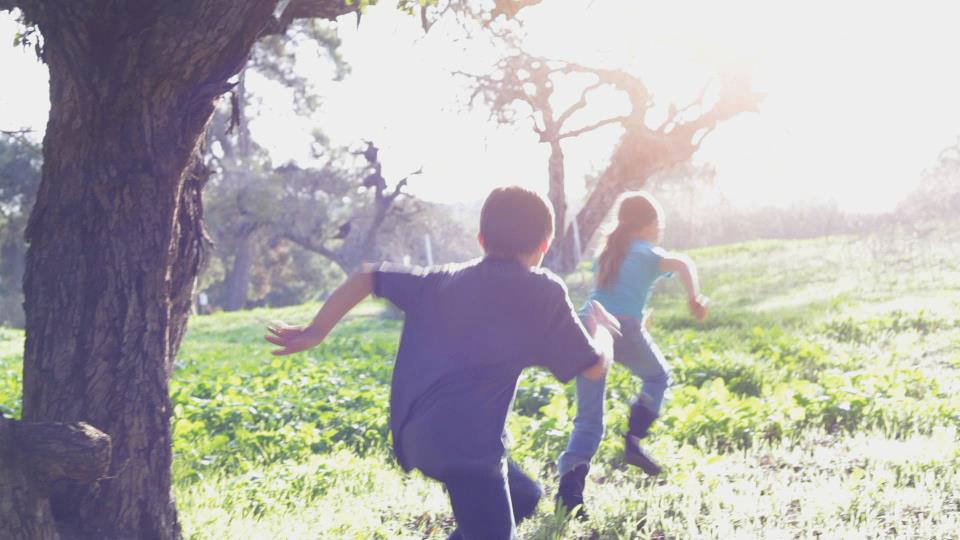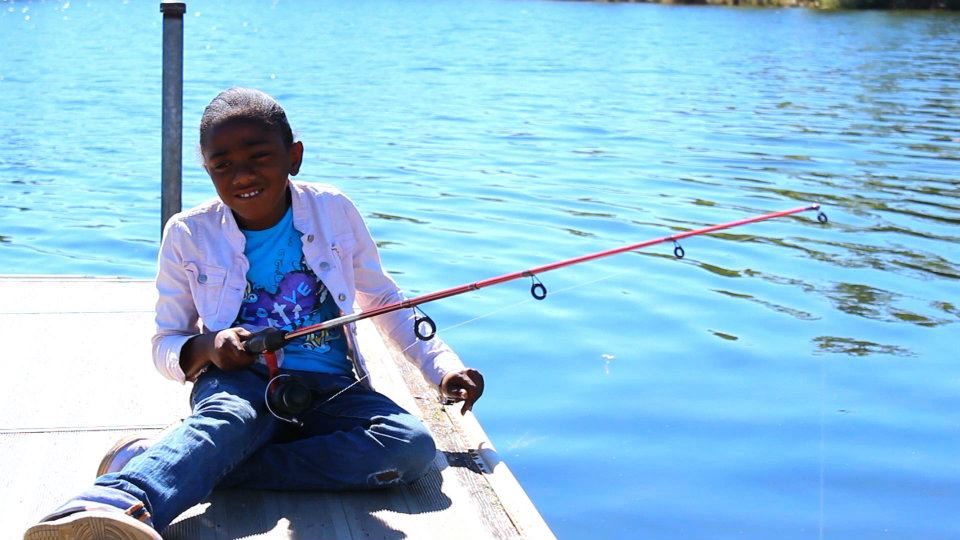Those precious days of summer vacation are already starting to wind down. Back to school ads are everywhere.
By this point of the summer back when I was a kid (yes, I realize this is a LONG time ago to some of you), I didn’t stay at the breakfast or dinner table a second longer than I had to. I was too busy outside with all kinds of activities. Do kids even build forts anymore?
If you are still trying to pry your kids away from the screens of their phones, tablets or laptops to enjoy outdoor activities during the summer and haven’t been too successful, don’t give up. Besides getting them out of your hair, getting your kids outside could improve their performance in school next year.
Studies conducted with kids diagnosed with attention deficit/hyperactivity disorder (ADHD) by researchers at the University of Illinois at Urbana-Champaign found that nature walks improved their attention span.
In one experiment, researchers had the kids take three 20 minute walks in a park, a suburban neighborhood, and an urban area. They took the walks without taking any medication. When the kids were tested, their concentration was substantially better after the park walk than in the other two settings.
In another experiment, researchers found the ADHD kids who played outdoors regularly had much milder ADHD symptoms according to their parents compared with kids who had less nature access or who stayed indoors to play.
Studies show the same positive effects even if you aren’t a kid and don’t have ADHD. A University of Michigan student found that people had 20 percent improvement in short term memory after a nature walk, but no change at all after walking down city streets for the same length of time.
It’s not as if we don’t know the benefits for our kids of play, especially play involving the natural world. I ran across this amazing list of 35 different studies listed on the website of the White Hutchinson Leisure and Learning Group, a Kansas based company with a division that specializes in the design of children’s learning environments, including child care centers and outdoor play spaces. Every study shows a different aspect of benefits, including:
- Advanced motor skills development
- Better concentration and self-discipline
- More positive feelings toward their peers
- Reduction or elimination of bullying
- More imaginative and creative play
- Improved awareness, reasoning, and observational skills
- Buffers the impact of stress and helps kids deal with adversity
- Stimulate positive social interaction
- Develops a sense of independence and autonomy
- Affinity and love of nature with a positive environmental ethic
If I can’t persuade you, how about I scare you a little bit? When children don’t have much regular contact with the nature world, they become “biophobic.” They have little interest in preserving nature and its diversity. Is this what happened to a lot of their parents?** This is incredibly sad to me. We have a generation of children who have developed an actual fear of the natural world, even in extreme cases a fear of just being outside.
Parents who worry about their children’s safety for legitimate reasons may be restricting their time outside and limiting their ability to explore the natural world. They may not have resources like backyards or safe parks close at hand. In San Diego we have more opportunities than most for safe and play oriented exploration of nature, and we need to create ways to get our kids outside. And it wouldn’t hurt most of us to go for a walk, a hike, or a swim.
Another way to expose children to nature in a way that develops empathy and encourages language is to expose kids to animals. Children have a natural affinity and are drawn to animals, and studies show they can also foster a sense of responsibility toward living things. Kids naturally interact with animals. They talk to them and they develop emotional bonds. Studies of the dreams of children younger than age six show as many as 80 percent of their dreams are about animals (Acuff 1997, Patterson 2000).
I ran across a cool new product which isn’t a traditional pet, but it is a small bit of nature kids can get their hands on and care for just like a small animal. It’s called a “Dino Pet,” and it’s made by a Carlsbad company.

The “Dino-Pet” is a microacquarium containing bioluminescent plankton. Cool for kids and adults too.
Dino Pets are little dinosaur shaped microaquariums containing plankton, an organism naturally found in the ocean that emits a bluish light at night. The inventors got the idea for Dino Pets from seeing the bioluminescence produced at night by San Diego’s red tide algae blooms along our beaches in the summer. If you haven’t seen this, it causes the ocean to glow from an eerie blue light.
Kids take their Dino Pet full of these microglagellates and put them in indirect light during the day to allow photosynthesis. Then at night, the DinoPets need to be put into a dark room to simulate the natural 24 hours day/night cycle.
These organisms divide once a week and grow in their environment. Sea water with nutrients needs to be added to keep the life cycle going. At night, DinoPets will glow bright blue. With good care, they can last from six months to a year. Pretty impressive!
Dino Pets are sold on Amazon.com and on the BioPop.com website.
**Just a few of the studies showing this: Bunting & Cousins 1985; Chawla 1988; Wilson 1993; Pyle 1993; Chipeniuk 1994; Sobel 1996, 2002 & 2004; Hart 1997; Wilson 1997, Kals et al. 1999; Moore & Cosco 2000; Fisman 2001; Kellert 2002; Bixler et al. 2002; Kals & Ittner 2003; Schultz et al. 2004.


